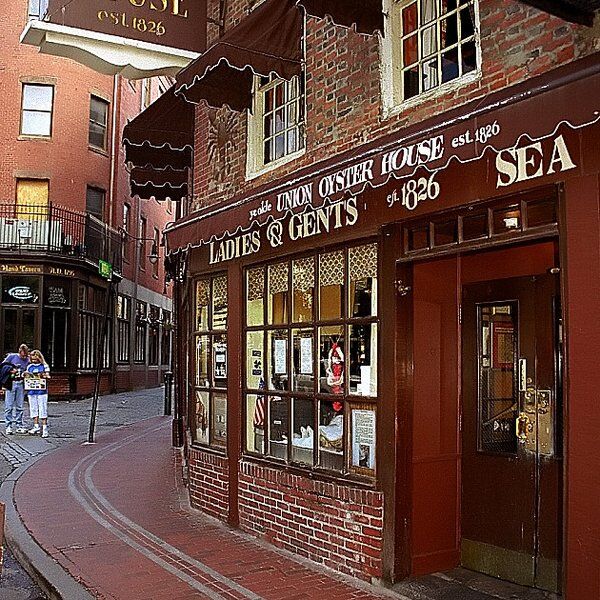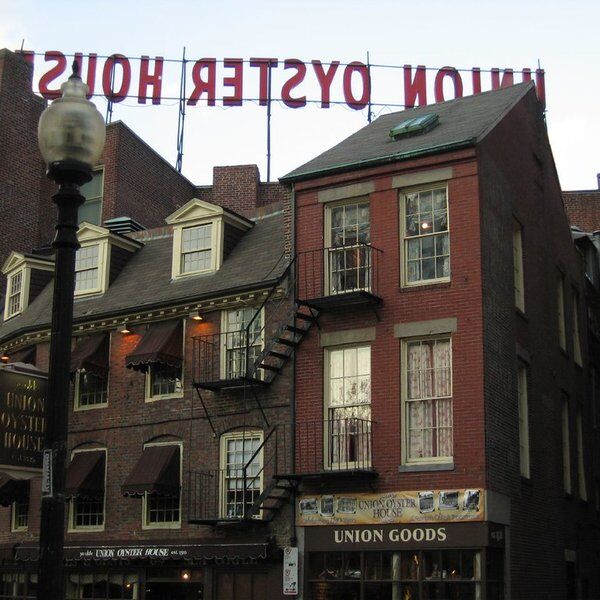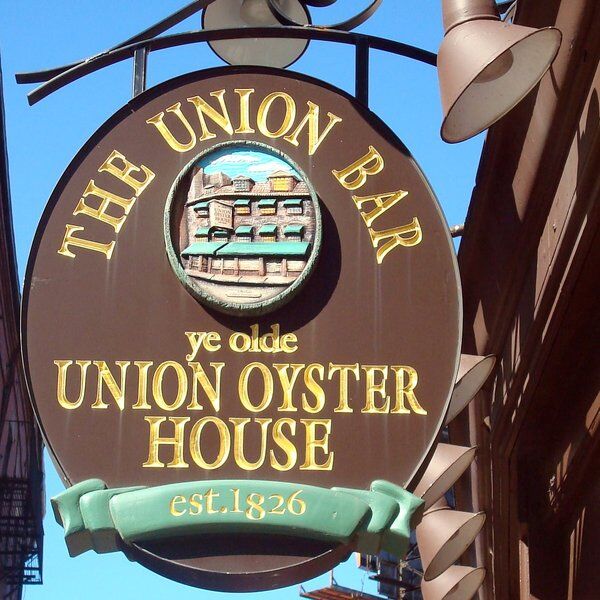
What Came Before Union Oyster House?
The building predates the oyster house by over 100 years. It was constructed on Boston's former waterfront at around the start of the 18th century, most likely in 1704, and originally housed Capen's Dry Goods Store.
Across the century that followed it played a role in many historic events. Within its walls, Isaiah Thomas published his newspaper, The Massachusetts Spy; Ebenezer Hancock handed out war wages to the Continental Army; and the founding fathers' wives mended clothes for the colonists.
Most astounding of all however, in 1796, it became home to the future King of France.

Union Oyster House and the King of France
Three years before this, in 1793, the French monarchy had been decisively ousted by the French Revolution. This resulted in many royals fleeing abroad, Prince Louis Philippe amongst them.
He first went to Switzerland and later Scandinavia before arriving into the US in 1796. Here he spent time in NYC, Philadelphia and of course Boston.
He lived for a time on the second floor of the future Union Oyster House, teaching young girls French and rubbing shoulders with America's high society.
He eventually returned to France in 1815, the French royal family having been restored to the throne by other European powers. 15 years later he himself was made king, not in virtue of being next in line, but as a result of another revolution.
The second French Revolution ousted his cousin and predecessor, Charles X. The revolutionaries favoured Louis Philippe due to his liberal values so he was made king instead.
His controversial rule lasted until 1848 when he was forced to abdicate by yet another revolution. He then fled to Britain where he died two years later.

The Birth of Union Oyster House
30 years after its brief tryst with European royalty, in 1826, the future Union Oyster House was bought by a pair of restauranteurs, Atwood and Bacon. They fitted it with a coal range and a semi-circular bar that can still be seen today. The premises then started serving food under the name Atwood and Bacon Oyster House.
The restaurant quickly became popular with Boston's elite. The likes of John Hancock, John Adams and Daniel Webster would gather there for food and drinks, Webster reportedly often enjoying 6 plates of oysters in one sitting.
Over the years that followed it developed slowly into the Union Oyster House we know today.

What to Expect at Union Oyster House
Today the restaurant sprawls 3 floors and 8 rooms, each fitted and themed in a different way. Some of the rooms are traditional, harking back to the building's long history, whereas others are modern. One almost feels like a sports bar.
Memorabilia cover the restaurant's walls and at its front there is even a gift shop replete with cheesy mementos.
The food itself is traditional New England fare: oysters, clams, lobsters, steaks, baked beans, chops, etc. Perfectly nice if unadventurous.
The real reason to visit is the building's fascinating history and its status as the US' oldest continuously operating restaurant. To this day it continues to draw in the crowds so expect to queue if you haven't booked!

Interested in finding more places like this? Try one of our Boston Scavenger Hunts- untangle cryptic clues as a team, as you are taken on a journey to the most unique, unusual and bizarre corners of Boston and beyond!